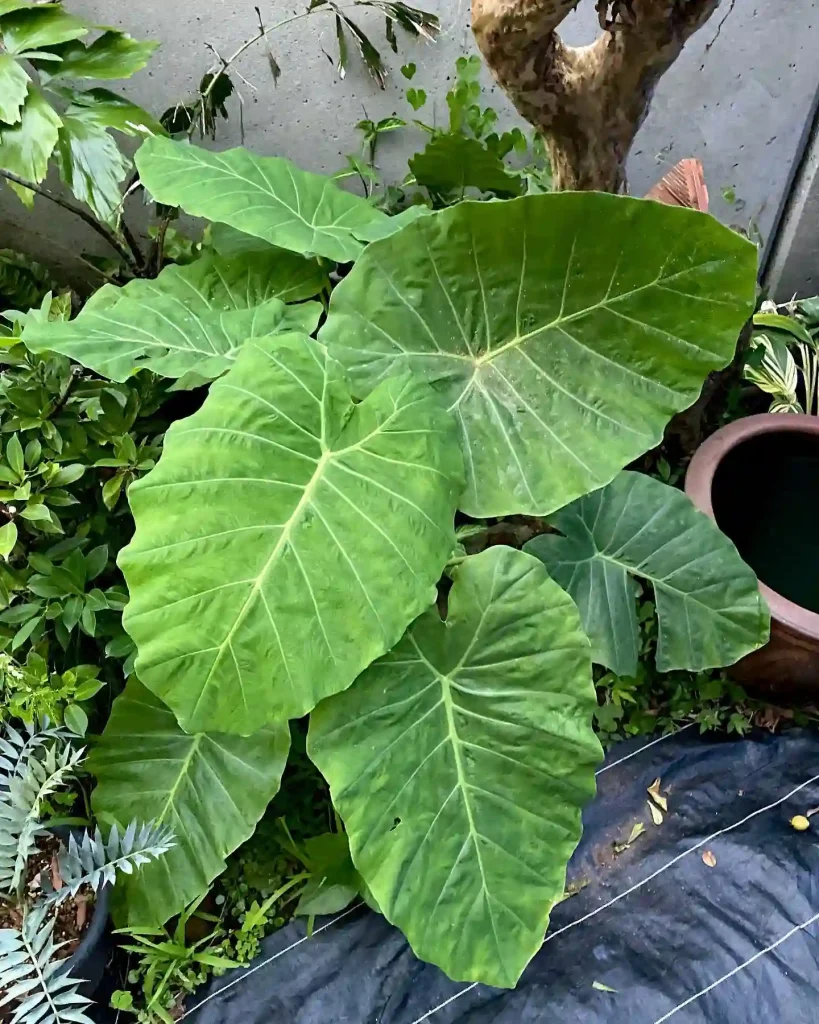
Frequently Asked Questions About Agave Sisalana
Agave Sisalana is a fascinating plant that’s widely known for its practical uses and striking appearance. I’ve had a keen interest in this plant for a while, and it’s incredible to see how much it has to offer. If you’re like me, you probably have a lot of questions about Agave Sisalana. Let me break down some of the most common queries about this resilient plant and offer a bit of insight based on my experiences.
304 Species in Genus Agave
What Fiber Comes from Agave Sisalana?
One of the first things that drew me to Agave Sisalana is its production of sisal fiber. This fiber is incredibly durable and has been used for centuries to make a variety of products. You’ll often find sisal fiber in ropes, twine, and even paper. It’s one of the strongest natural fibers, which explains why it’s so popular in industries that require tough materials. In my experience, sisal products hold up exceptionally well in outdoor environments, which is a testament to the plant’s durability.
Why is Agave Sisalana Called a Needle and Thread Plant?
The nickname “needle and thread plant” is pretty literal when it comes to Agave Sisalana. The plant’s leaves have sharp, needle-like tips that resemble sewing needles. These needles, paired with the fibrous threads inside the leaves, gave rise to the name. While I’ve never personally used the plant for sewing, I’ve seen how the fibers are strong enough to create makeshift threads, hence the practical connection between the plant and its nickname.
How to Care for Agave Sisalana?
Caring for Agave Sisalana is relatively easy, especially if you’re used to growing succulents or drought-tolerant plants. In my experience, the plant thrives in well-draining soil and requires minimal water. I water mine once every two weeks during the summer and even less in the cooler months. It’s a low-maintenance plant that loves sunlight, so be sure to place it in a bright location if you want it to flourish.
One key thing to watch out for is overwatering. Agave Sisalana, like most agave species, is sensitive to root rot. I always ensure the soil is completely dry before watering again, which helps avoid this common issue.
How to Propagate Agave Sisalana?
Propagating Agave Sisalana is a rewarding process, and I’ve done it a few times with great success. The easiest method is by using the plant’s offsets or “pups.” These small plants grow around the base of a mature Agave Sisalana. Once they’re large enough, you can gently remove them and replant them in their own pot. Just be sure to give them a few days to callous over before planting, which helps prevent any rot.
Can You Grow Agave Sisalana Indoors?
Agave Sisalana can be grown indoors, but it’s important to consider its size. The plant can grow quite large, and its leaves are sharp, so you’ll need enough space to accommodate it. In my experience, the plant thrives better outdoors, especially in climates that mimic its native environment. However, if you have a well-lit spot indoors and don’t mind the size, it can still do well inside. Just keep in mind that it needs plenty of light, so a sunny window is a must.
Is Agave Sisalana Toxic?
Yes, Agave Sisalana can be toxic to both humans and pets. The sap inside the leaves can cause skin irritation, so I always handle it with gloves. If ingested, it can lead to gastrointestinal issues. While it’s a beautiful plant, I make sure to keep it out of reach of children and pets in my garden, just to be safe.
What to Plant with Agave Sisalana?
If you’re looking to pair Agave Sisalana with other plants, I recommend sticking with other drought-tolerant species. I’ve had success planting it alongside succulents like Echeveria and Sedum, which have similar water and sunlight requirements. Ornamental grasses also complement Agave Sisalana well, creating a striking contrast between the spiky leaves of the agave and the soft, flowing grasses.
Common Problems with Agave Sisalana
One of the most common problems I’ve encountered with Agave Sisalana is root rot, which usually occurs due to overwatering. As I mentioned earlier, well-draining soil and infrequent watering are key to preventing this issue. Additionally, pests like agave weevils can sometimes be a problem. While I haven’t dealt with this personally, I’ve heard from other gardeners that keeping an eye out for signs of infestation early can prevent damage.
Benefits of Agave Sisalana
Beyond its practical uses for fiber, Agave Sisalana is also an excellent choice for xeriscaping or drought-tolerant gardens. In my experience, it’s incredibly low-maintenance and can thrive in harsh conditions. The plant’s ability to store water in its thick leaves allows it to survive extended periods of drought, making it a perfect fit for gardens in dry climates.
How Does Agave Sisalana Compare to Agave Americana?
A common point of confusion is the difference between Agave Sisalana and Agave Americana. Both plants belong to the agave family and have similar appearances, but Agave Sisalana is primarily grown for its fiber, whereas Agave Americana is often used ornamentally. Additionally, Agave Americana tends to be larger and more cold-tolerant than Agave Sisalana. I’ve noticed that Agave Sisalana has smoother, more refined leaves compared to the rougher texture of Agave Americana.
In conclusion, Agave Sisalana is a fantastic plant for both practical and decorative purposes. Whether you’re interested in its tough fiber or its striking appearance, it’s a plant that’s hard to ignore. If you’re considering adding one to your collection, I hope my experiences help you take care of and enjoy this remarkable species.
If i die, water my plants!



